Norman Foster designed house in Kamakura to be converted into museum
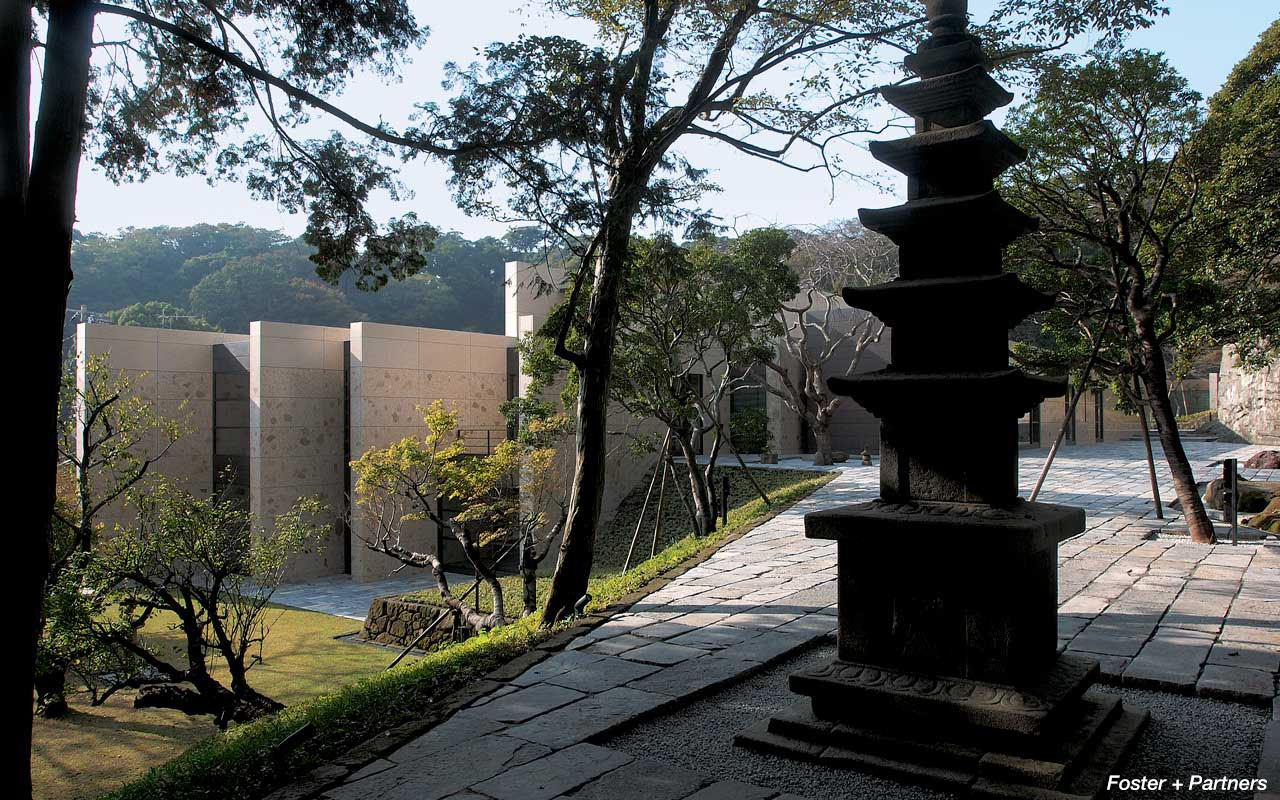
Kamakura City is preparing to open a museum in a former private residence designed by Norman Foster. Starting next year, the public will be able to step inside a landmark property that has been off-limits for the past 12 years.
The one-of-a-kind property is located a 9 minute walk from Kamakura Station in the Ogigayatsu neighbourhood. The house was donated to the city in 2013. After some interior alterations, the museum is scheduled to open in April 2017.Read more
Renovating a historic home in Kamakura may soon become easier
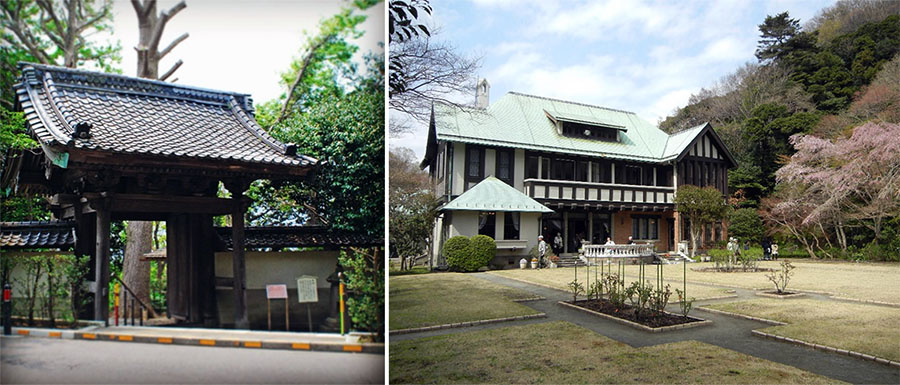
Kamakura City is considering introducing an ordinance that would allow owners of historic buildings to bypass some of the regulations under the Building Standards Act that normally apply for renovations, extensions and changing the use of a property.
When making structural additions or alterations to older buildings, it can be very difficult to make the building comply with the Building Standards Act while still retaining the original features. In many cases property owners simply give up and either rebuild or leave the property to deteriorate. As a result, the neighbourhood begins to lose its character over time as the older properties are demolished.Read more
Buying real estate in Kamakura - a quick overview of building restrictions
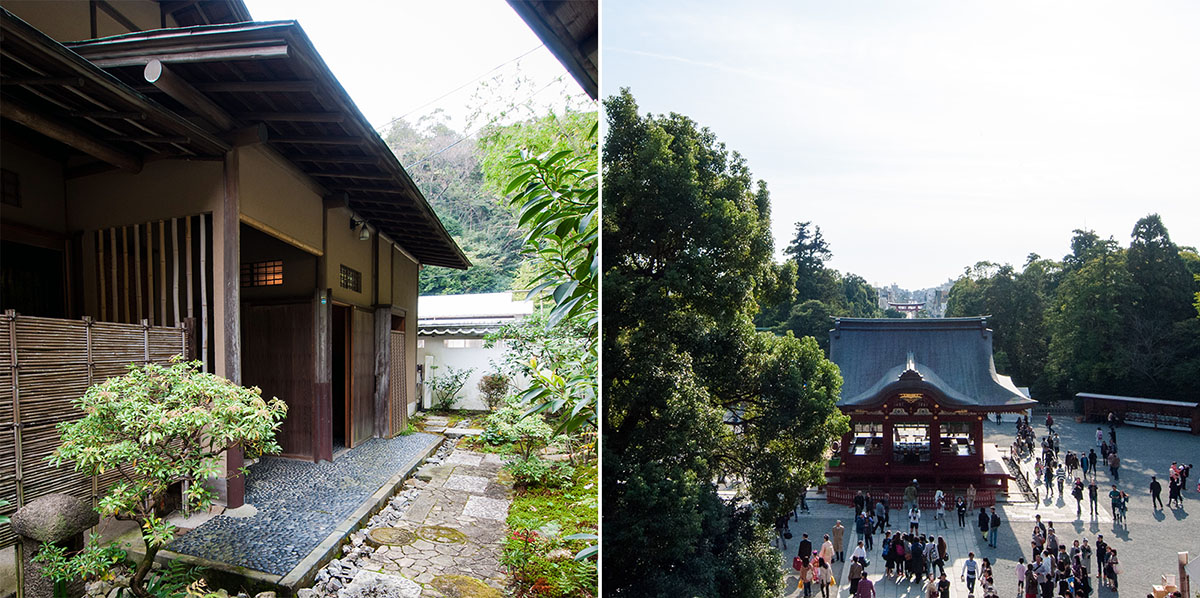
Located between the mountains and sea, Kamakura is an ancient city located 50 km south of Tokyo. The city came to prominence in the 12th century when it was home to the Kamakura Shogunate. Unlike some of the more urban cities in Japan, Kamakura has retained much of its traditional character. The city is characterised by its traditional streetscapes, numerous temples and shrines, and lush mountainside. In fact, 40% of the city is forest and greenery.
Nowadays, much of this character is preserved through numerous strict building and zoning codes enforced by the city, along with efforts by local residents.Read more
Historic Kamakura villa to be donated to city
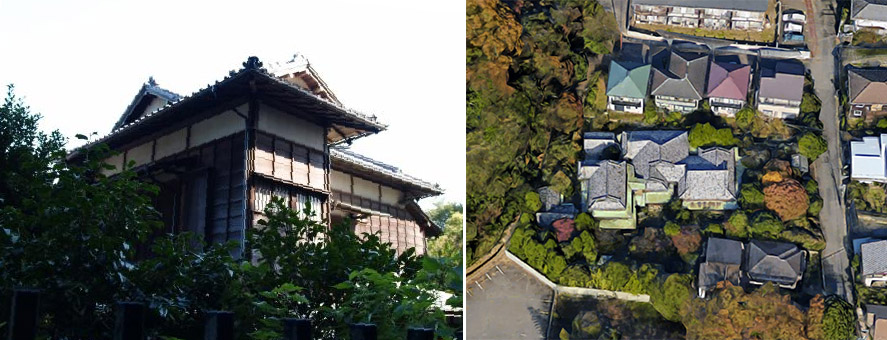
The owner of the historic Murakami Residence in Kamakura’s Nishimikado neighbourhood is preparing to donate the residence and land to the city. Based on the land size, the property would have a market value of approximately 420 million Yen (approx. 4 million USD).
Although official records have been lost, the traditional Japanese house is estimated to have been built sometime prior to 1939. In 1941 the residence was acquired by Chosuke Murakami. The house was later inherited by Murakami’s wife, who, prior to her passing in 2014, had requested that the house be donated to the city. She also made arrangements to leave 10 million Yen (97,000 USD) in cash to go towards the maintenance of the property. Read more
81-yr old building in Kamakura sold to sake brewery

The Kumazawa Brewing Company, a Chigasaki-based sake brewery established in 1873, has purchased the former Kamakura Pumping Station for 96.5 million Yen (approx. 860,000 USD). The seller was Kanagawa Prefecture.Read more
Two Yoshimura Junzo-designed modernist homes for sale
There are very few chances in a lifetime to buy a modernist home in Japan, and opportunities are going to become even more limited in coming years as these homes are gradually demolished by their owners. Although most are sold for land value with little to no market value placed on the structures themselves, these homes are irreplaceable.
Two homes by modernist architect Yoshimura Junzo are currently on the market in Kanagawa Prefecture (Update: Both have since sold). One is an oceanfront home just south of Hayama, and the other is a mountain-top home in Kamakura.Read more
Hope for Kamakura’s modernist museum
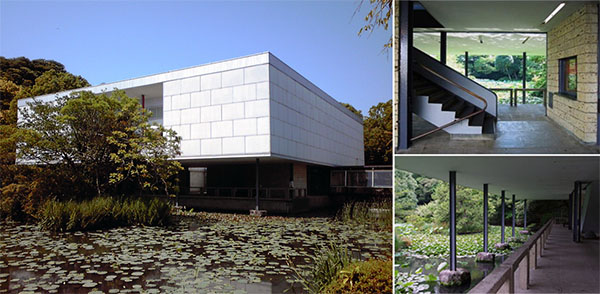
One of Japan’s exemplary models of modern architecture - the Museum of Modern Art, Kamakura - now stands a chance at being saved from demolition after a recent structural analysis found that it could be reinforced against earthquakes.
The Kanagawa Prefectural Government is also in discussions with the landowner, the nearby Tsurugaoka Hachiman-gu Shrine, to seek an extension to the land lease.
In late 2013, it was reported that the prefecture decided against renewing the lease due to the high costs of maintaining the buildings and the anticipated costs of retrofitting. The prefecture announced plans to close the museum at the end of March 2016. Under the terms of the lease, any buildings were required to be demolished before returning the land to the Shrine.Read more
